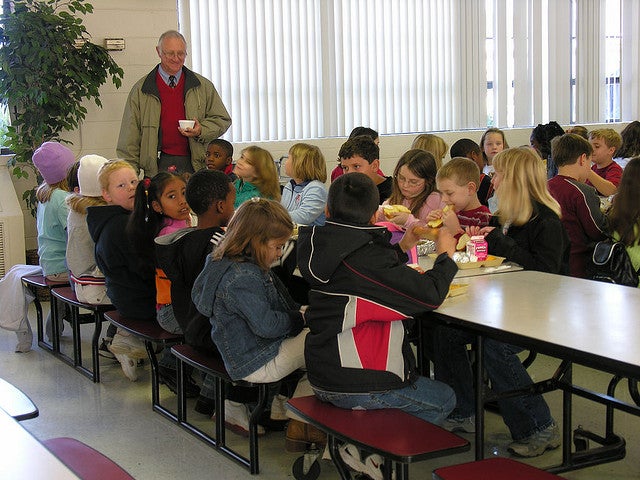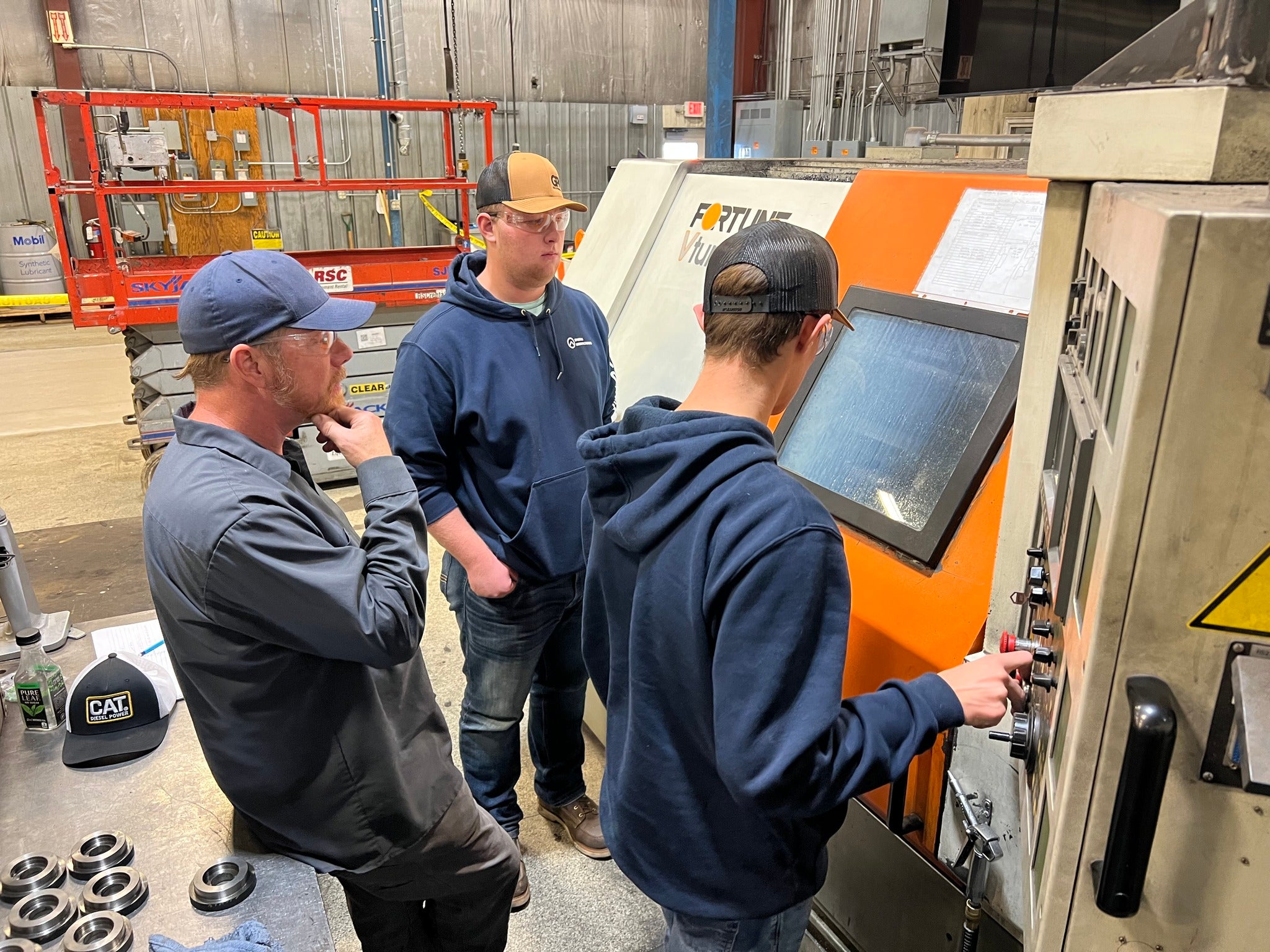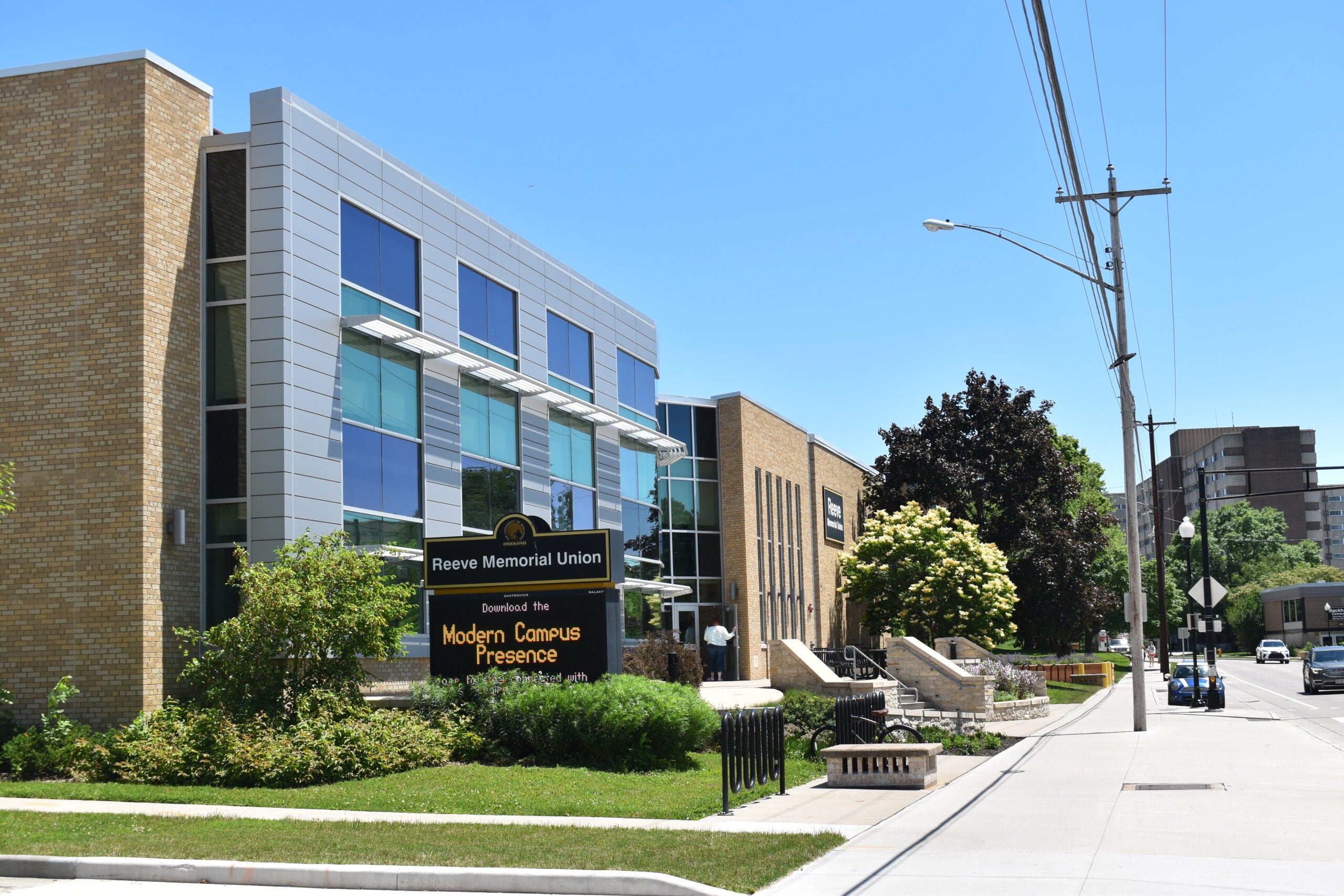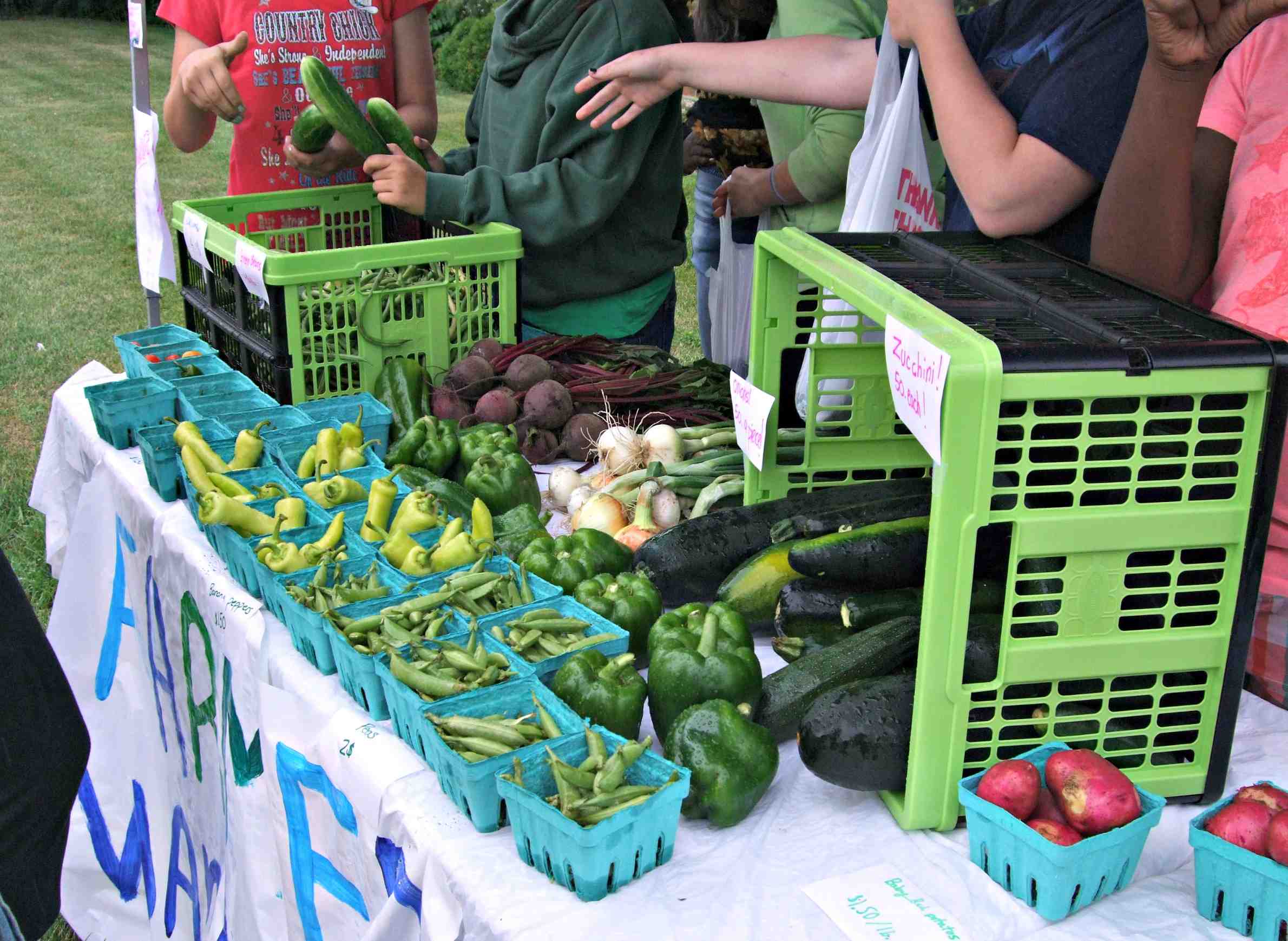A federal program allowing schools in high-poverty areas to serve all meals for free will soon be available in Wisconsin.
The Healthy, Hunger-Free Kids Act is probably best known for requiring nutritious meals at school, but the 2010 federal legislation also contains a Community Eligibility Provision that makes it easier for some schools to get free breakfast and lunch by reducing paperwork.
Eligible, high-poverty districts would not have to fill out applications for free meals, says the Department of Public Instruction’s Karrie Isaacson. Instead, income data is cross-referenced from other state anti-poverty programs.
News with a little more humanity
WPR’s “Wisconsin Today” newsletter keeps you connected to the state you love without feeling overwhelmed. No paywall. No agenda. No corporate filter.
“And if they are identified on that list, they already participate in FoodShare, W2 cash benefits, which tells us they already qualify for free meals,” said Isaacson.
The reduction in paperwork is designed to increase participation in the school breakfast and lunch program.
To be eligible, districts and individual schools must have at least 40 percent of their students in poverty. Isaacson, who is part of DPI’s school nutrition team, says 113 school districts of 426 are eligible for the program in Wisconsin.
“There are 659 individual schools sites that are eligible to participate,” she said. “At this point we have received approximately 10 applications from schools so far. But they have until June 30 to apply, so we anticipate that number to grow.”
The Community Eligibility Provision was first tried in 10 other states before going nationwide.
Wisconsin Public Radio, © Copyright 2025, Board of Regents of the University of Wisconsin System and Wisconsin Educational Communications Board.







